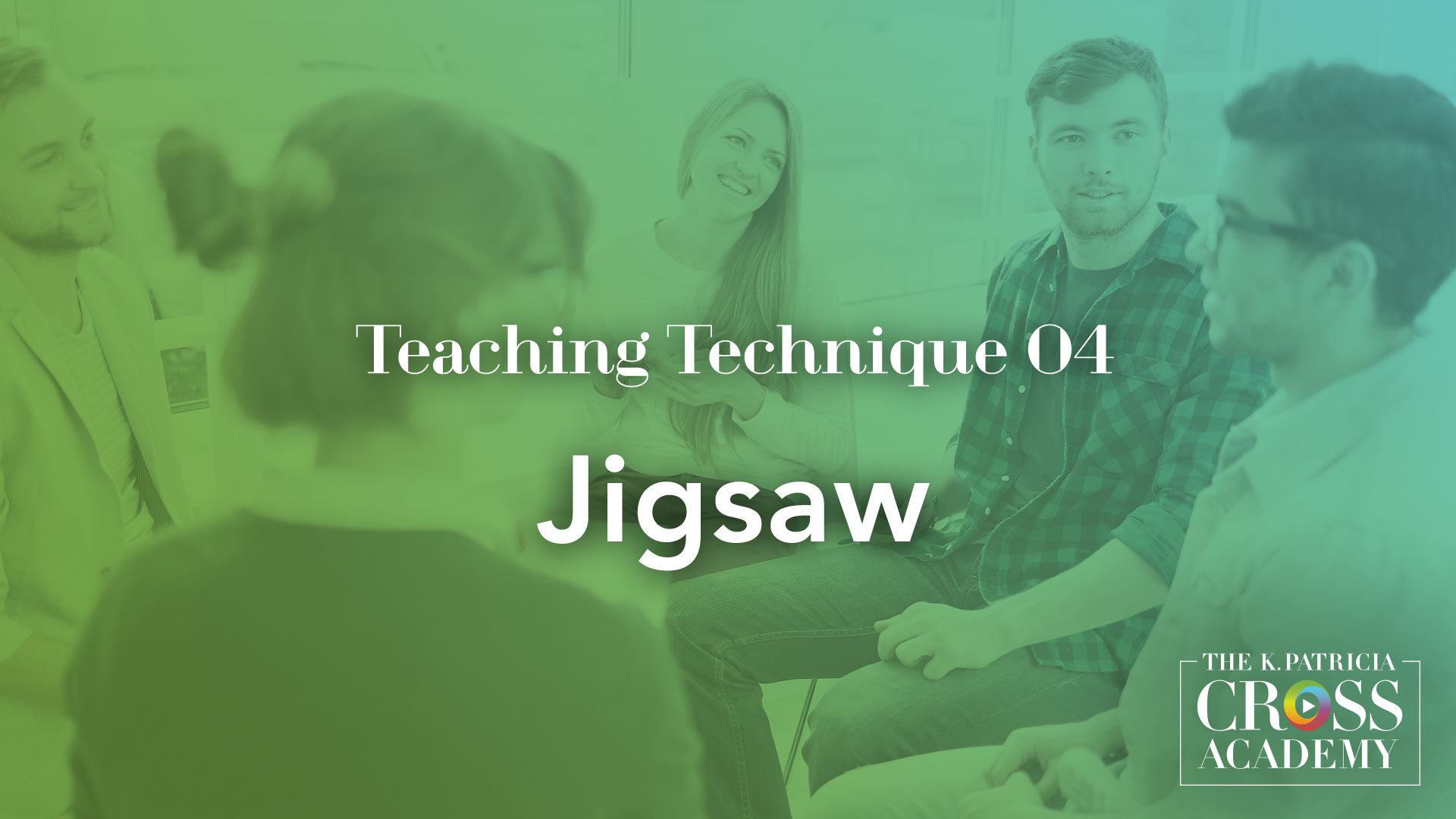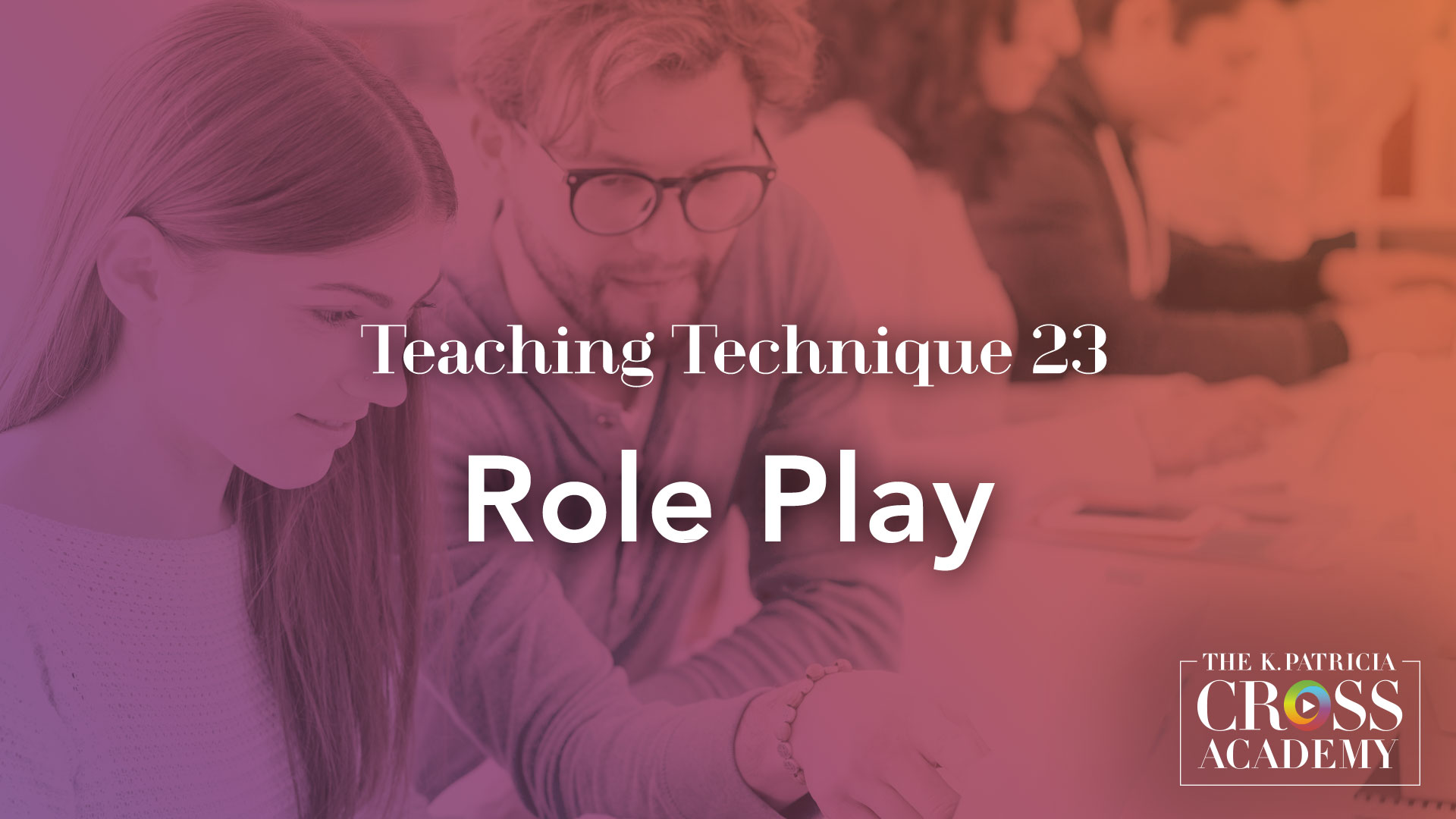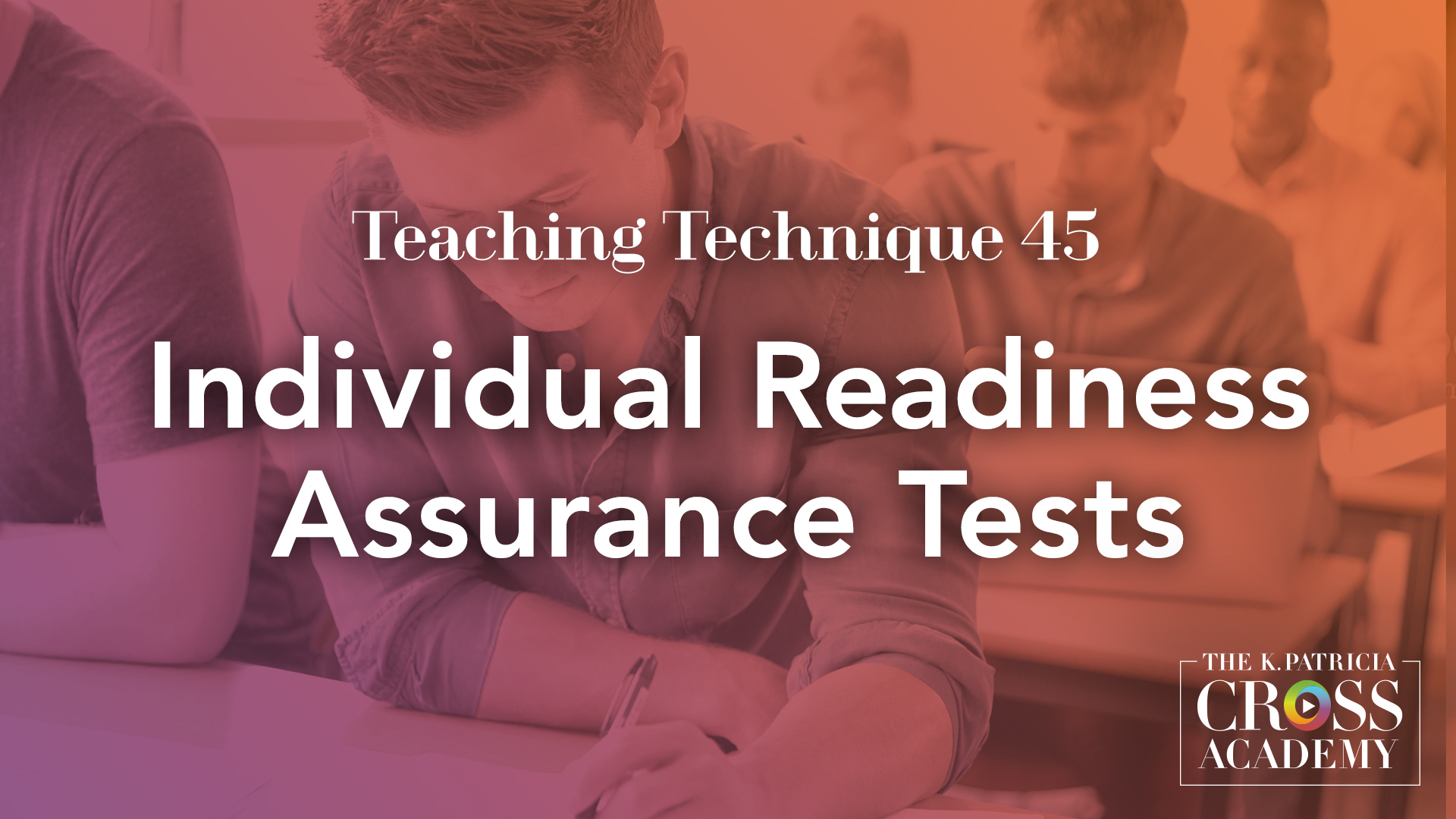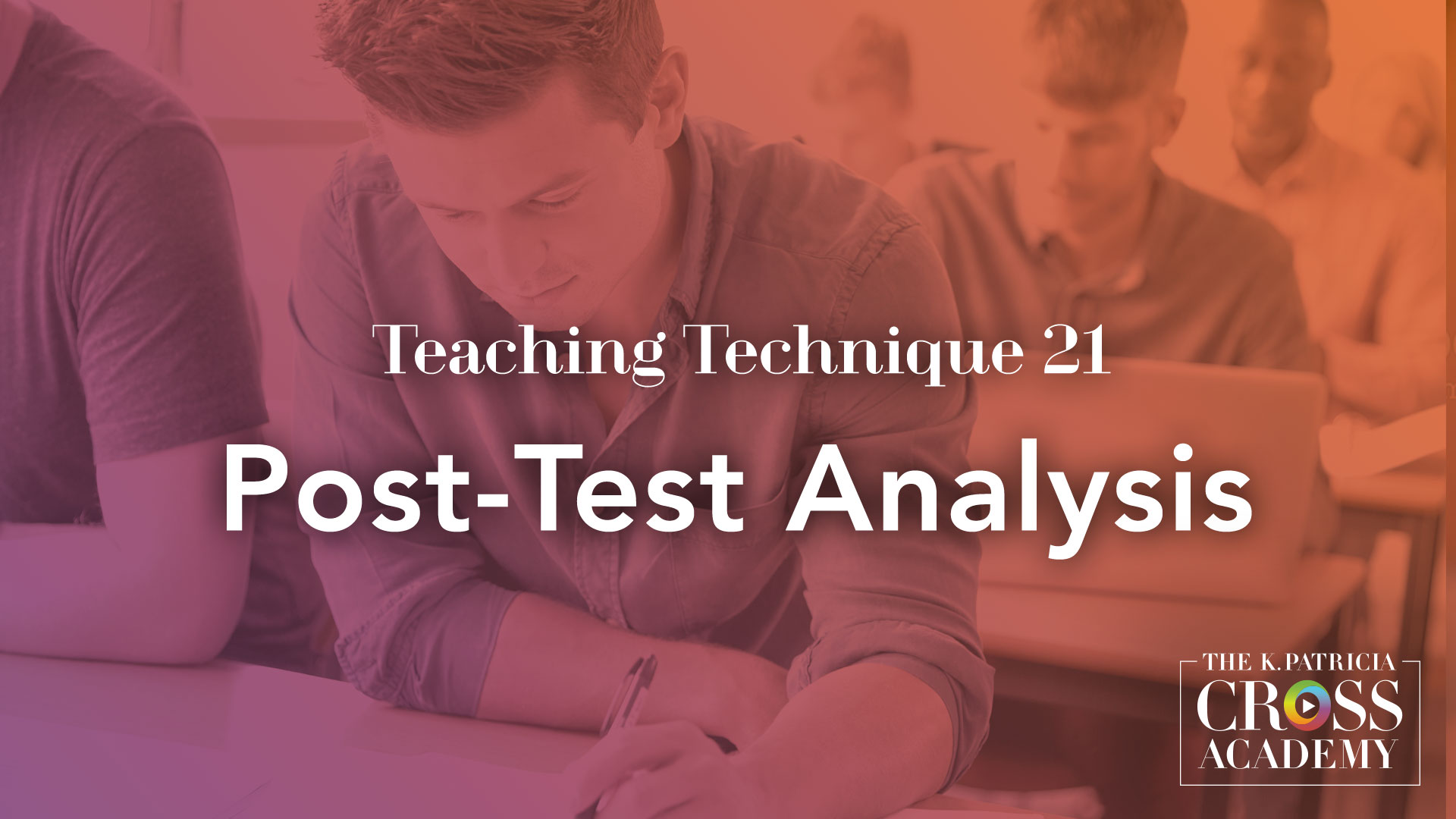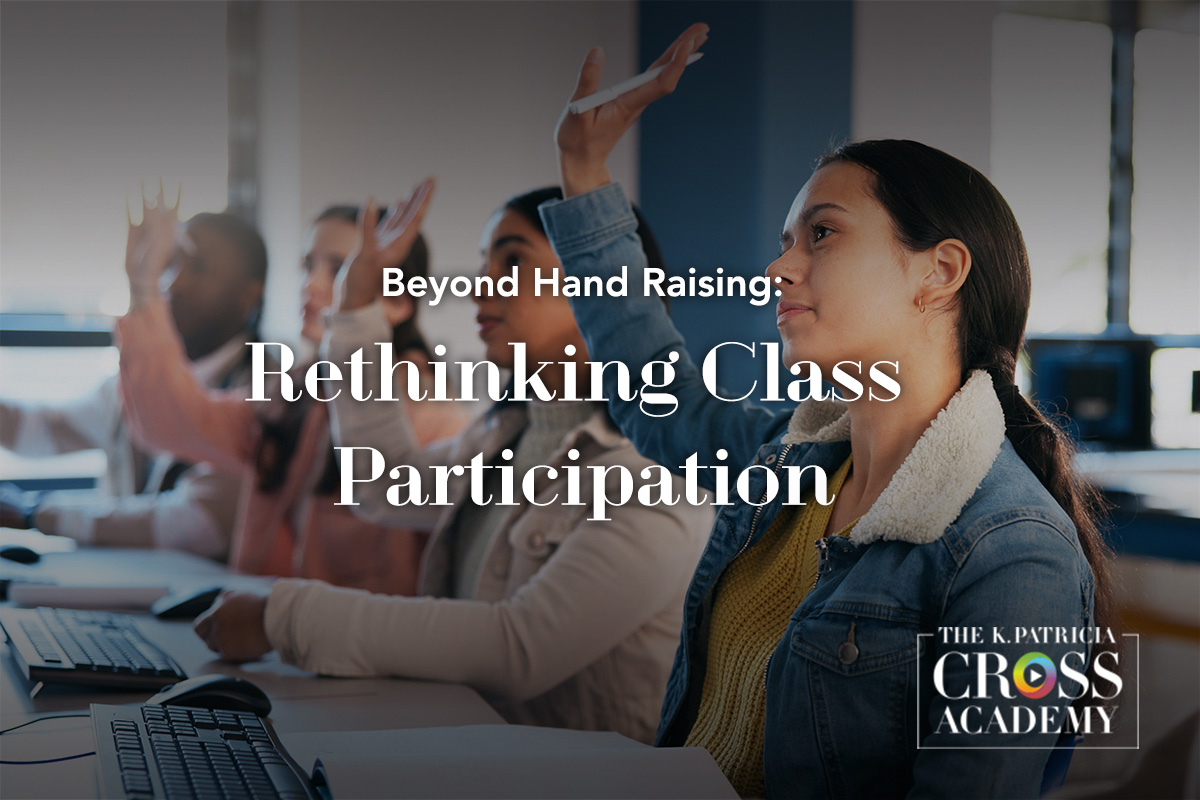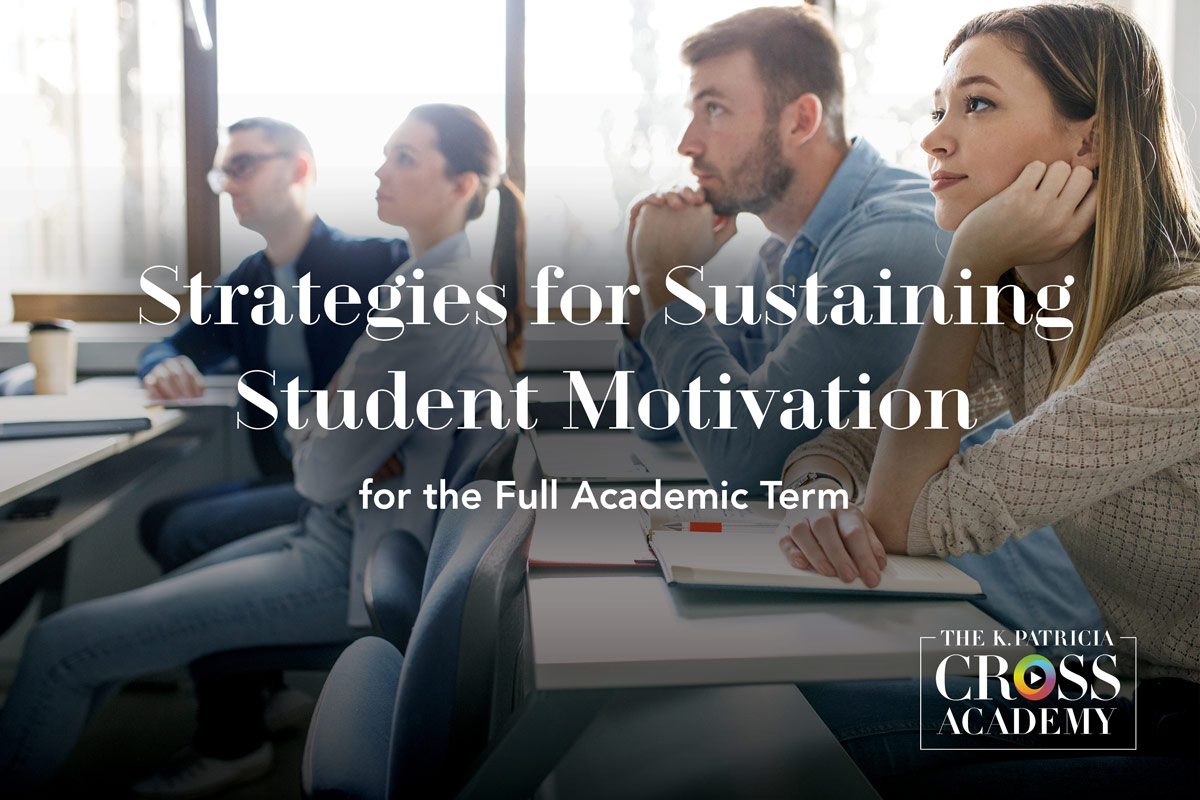
Maintaining student motivation throughout an academic term presents one of the most persistent challenges faced by educators. As the semester unfolds, the initial excitement and enthusiasm that students exhibit at the start can begin to fade. This decline is not simply a matter of reduced energy; it can significantly affect student engagement, persistence, learning outcomes, and overall academic performance and achievement. Understanding the underlying causes of this motivational dip and finding effective strategies to counteract it are therefore crucial for ensuring that the educational experience remains engaging from start to finish.
Understanding the Motivation Dip
The phenomenon known as the “mid-semester slump” is a well-documented challenge in educational environments, characterized by a noticeable dip in student motivation. This period can affect the dynamics of a course and the effectiveness of teaching strategies. Understanding the various factors that contribute to this slump is essential for educators aiming to mitigate its effects and maintain a high level of engagement in their classrooms. Here is a list of some potential causes.
Academic Burnout
One of the primary contributors to the mid-semester slump is academic burnout. Students often start their courses with high energy and ambitious goals, but as the semester progresses, the continuous pressure of assignments, exams, and high expectations can lead to exhaustion. This burnout is not only physical but also mental and emotional, and can present as fatigue, decreased interest in academic activities, and a sense of inadequacy.
Diminishing Novelty of Course Content
Initially, the novelty of new course content can spark curiosity and motivate students to engage deeply with the material. However, as the semester moves forward, this novelty diminishes, and the content may start to seem more predictable or less challenging, leading to reduced motivation. The daily grind of lectures, readings, and repetitive tasks can make the learning process feel less stimulating. As the novelty wears off, so too does some of the intrinsic motivation that drives initial engagement.

Accumulation of Assignments and Approaching Exams
As deadlines for assignments pile up and the specter of mid-term or final exams looms, students can feel overwhelmed by the sheer volume of work expected of them. This sense of being overwhelmed can hinder their ability to manage time effectively, prioritize tasks, and maintain a healthy work-life balance, thereby decreasing their motivational levels.
Psychological and Emotional Factors
Emotional factors such as anxiety, stress, and pressure can also play significant roles. The fear of failing or not meeting expectations can paralyze some students, while others might feel disconnected from their peers or instructors, further reducing their motivational drive.
Understanding the various factors that contribute to this [mid-term] slump is essential for educators aiming to mitigate its effects and maintain a high level of engagement in their classrooms.
Planning to Overcome the Dip
To effectively counter these challenges, educators can employ several strategies. By understanding these factors and strategically addressing them, educators can help sustain student motivation throughout the semester, ensuring that the educational journey remains engaging and productive for all students. Following are a few strategies that can help, along with some techniques from our library that can provide road maps for implementation.
Games and Gamification
Academic games are structured forms of play designed specifically for educational purposes, where the gameplay is aligned with learning objectives to engage students in acquiring knowledge or skills through interactive and at times competitive activities. Gamification involves applying game-design elements to make learning more engaging. Techniques such as point systems, leaderboards, and achievement badges can foster a sense of accomplishment and competition. Research has shown that gamification can effectively enhance engagement and motivation by making learning experiences more compelling and enjoyable. Games have a long history in education with some well-documented results. Following are examples of games from our techniques library:
Team Jeopardy is a game in which student teams take turns selecting a square from a grid that is organized vertically by category and horizontally by difficulty. Each square shows the number of points the team can earn if they answer a question correctly, and more challenging questions have the potential to earn more points.
In an Online Resource Scavenger Hunt, students use the Internet to engage in fact-finding and information processing exercises using instructor-specified library and Internet sources.

Peer-Learning Opportunities
Peer learning is an educational practice in which students interact with each other to attain educational goals. By encouraging students to teach and learn from their peers, educators can enhance understanding and retention of course material. Effective strategies include forming study groups, organizing peer teaching sessions, and assigning collaborative projects. These activities not only relieve the monotony of traditional lectures but also build a supportive learning community that can enhance student motivation. Following are some specific techniques for peer learning:
In Jigsaw, students work in small groups to develop knowledge about a given topic before teaching what they have learned to another group.
A Role Play is a created situation in which students deliberately act out or assume characters or identities they would not normally assume.
Continuous Feedback and Support
Providing students with continuous feedback is essential for keeping them informed about their progress and the areas in which they need improvement. Timely and constructive feedback helps students understand their learning journey and appreciate the progress they are making, which can be incredibly motivating. Tools such as digital platforms that offer real-time feedback and analytics can be particularly effective in this regard. Following are techniques that involve giving students feedback that can help improve their learning:
Individual Readiness Assurance Tests are closed-book quizzes that students complete after an out-of-class reading, video, or other homework assignment.
A Post-Test Analysis is a two-stage process that is divided into several steps designed to help students develop greater awareness of their test-preparing and test-taking skills.
Conclusion
Motivating students throughout an academic term requires a multifaceted approach. By implementing strategies such as gamification, peer learning, and continuous feedback, educators can maintain and even increase student engagement. Each strategy offers unique benefits and, when combined, can significantly enhance the educational experience.
Suggested Citation
Barkley, E. F., & Major, C. H. (n.d.). Strategies for sustaining student motivation for the full academic term. CrossCurrents. https://kpcrossacademy.ua.edu/strategies-for-sustaining-student-motivation-for-the-full-academic-term/
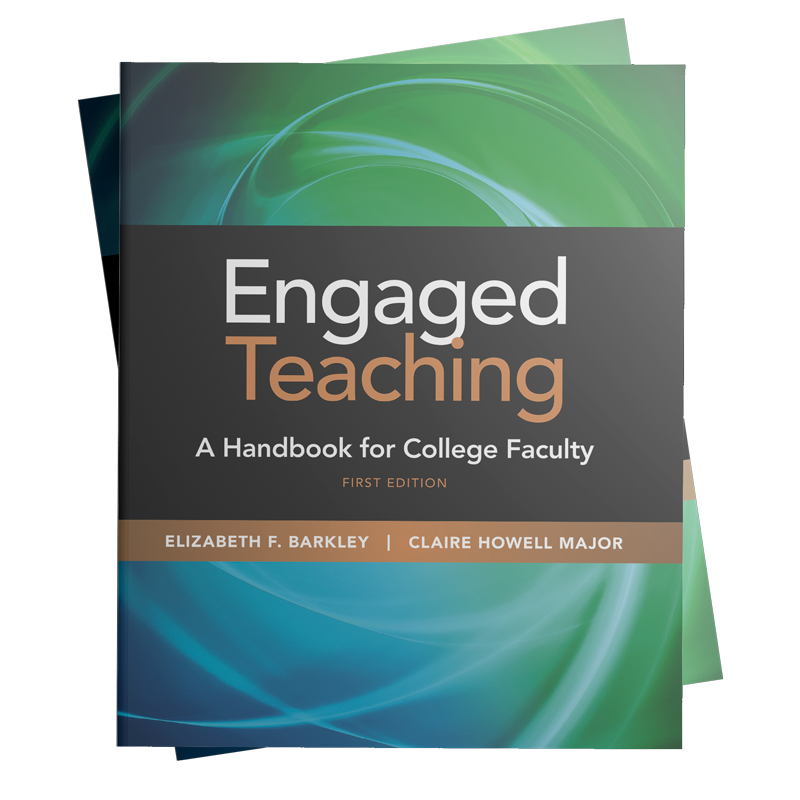
Engaged Teaching
A Handbook for College Faculty
Available now, Engaged Teaching: A Handbook for College Faculty provides college faculty with a dynamic model of what it means to be an engaged teacher and offers practical strategies and techniques for putting the model into practice.


